The Global Food System
The global food system. Issue Post November 24 2021 The role of agriculture and food systems in achieving net zero global GHG emissions Channing Arndt Agriculture forestry and other land use AFOLU is currently the only major sector w. Traditional transhumant and nomadic livestock systems allow for food production from non-arable land which farmers cannot otherwise cultivate for agriculture. In the last decades our food systems have been following.
Bernhard van Lengerich the Seeding The Future Foundation envisions a global food system that provides equitable access to safe nutritious and affordable food for everyone while simultaneously improving the long-term sustainability and resilience of our planet. We can transform our food systems in a way that will improve the lives of people today and tomorrow. Our global food system is the primary driver of biodiversity loss with agriculture alone being the identified threat to 24000 of the 28000 86 species at risk of extinction.
To realize the SDGs the global food system needs to be reshaped to be more productive more inclusive of poor and marginalized populations environmentally sustainable and resilient and able to deliver healthy and nutritious diets. The global food system plays a major role in the ongoing health climate biodiversity and human-rights crises. Food systems are not just environmentally unsustainable but unhealthy and inequitableas evidenced by the ill affordability of healthy diets18 as well as uneven progress and in some cases regression in all forms of malnutrition19 This perfect storm has been called a global syndemic20 Closely associated is the precarity of agricultural livelihoodsparticularly of women and the.
It contributes to more than a third of greenhouse gas emissions and about a third. The COVID-19 pandemic exposed the vulnerability of agri-food systems to shocks and stresses and led to increased global food insecurity and malnutrition. The global food system is subject to the conflicting pressures of delivering the food demanded by an expanding and increasingly affluent population while helping to achieve environmental sustainability Godfray et al 2010 Tilman and Clark 2014.
The global rate of species extinction today is higher than the average rate over the past 10 million years. Action is needed to. In many areas of the Global South particularly livestock farming has deep traditional cultural and kin-based ties especially for Indigenous populations.
Figure 6 shows that following the pattern of water consumption per crop cereals also dominate fertiliser consumption at 71 of the global total. Issues concerning the food system include the governance and economics of food production its sustainability the degree to which we waste food how food production affects the natural environment and the impact of food on individual and population health. In a year in which the world is refocussing its attention on cutting carbon emissions the 7th annual FT Global Food Systems digital summit will showcase the work of pioneering farmers agri-food companies investors and other key stakeholders around the world whose bold and scalable approaches are reducing the negative impacts of food production on the environment and society.
But we must act now. The global food system covers all activities related to food production and consumption from farm to fork A sustainable food system is highly relevant in relation to the 17 Sustainable Development Goals as introduced by the United Nations in.
The global food system uses around 200 million tonnes of fertilisers annually the vast majority of which are synthetic and derived from fossil fuels FAO 2015b.
The global rate of species extinction today is higher than the average rate over the past 10 million years. The global food system plays a major role in the ongoing health climate biodiversity and human-rights crises. Issue Post November 24 2021 The role of agriculture and food systems in achieving net zero global GHG emissions Channing Arndt Agriculture forestry and other land use AFOLU is currently the only major sector w. In many areas of the Global South particularly livestock farming has deep traditional cultural and kin-based ties especially for Indigenous populations. The Importance of Diversity Within the Global Food System. Diversifying the food system is essential in order to safeguard global food security. The Global Landscapes Forum GLF is the worlds largest knowledge-led platform on integrated land use dedicated to achieving the Sustainable Development Goals and Paris Climate Agreement. Action is needed to. In a year in which the world is refocussing its attention on cutting carbon emissions the 7th annual FT Global Food Systems digital summit will showcase the work of pioneering farmers agri-food companies investors and other key stakeholders around the world whose bold and scalable approaches are reducing the negative impacts of food production on the environment and society.
Our global food system faces an existential threat. The global food system plays a major role in the ongoing health climate biodiversity and human-rights crises. Food systems began to be organized on a grand scale to feed larger cities and fuel local economies. The food system is a complex web of activities involving the production processing transport and consumption. Our global food system is the primary driver of biodiversity loss with agriculture alone being the identified threat to 24000 of the 28000 86 species at risk of extinction. The global food system covers all activities related to food production and consumption from farm to fork A sustainable food system is highly relevant in relation to the 17 Sustainable Development Goals as introduced by the United Nations in. Call to Action for a Sustainable Food System.

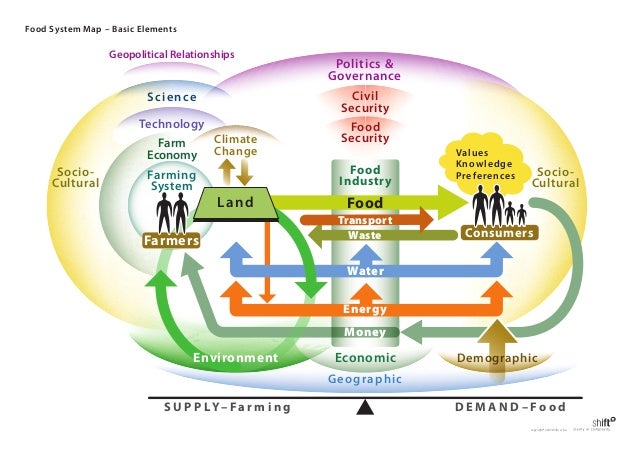




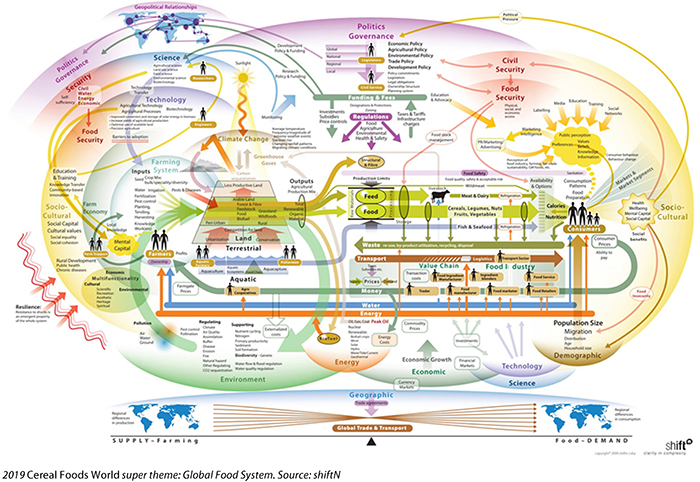

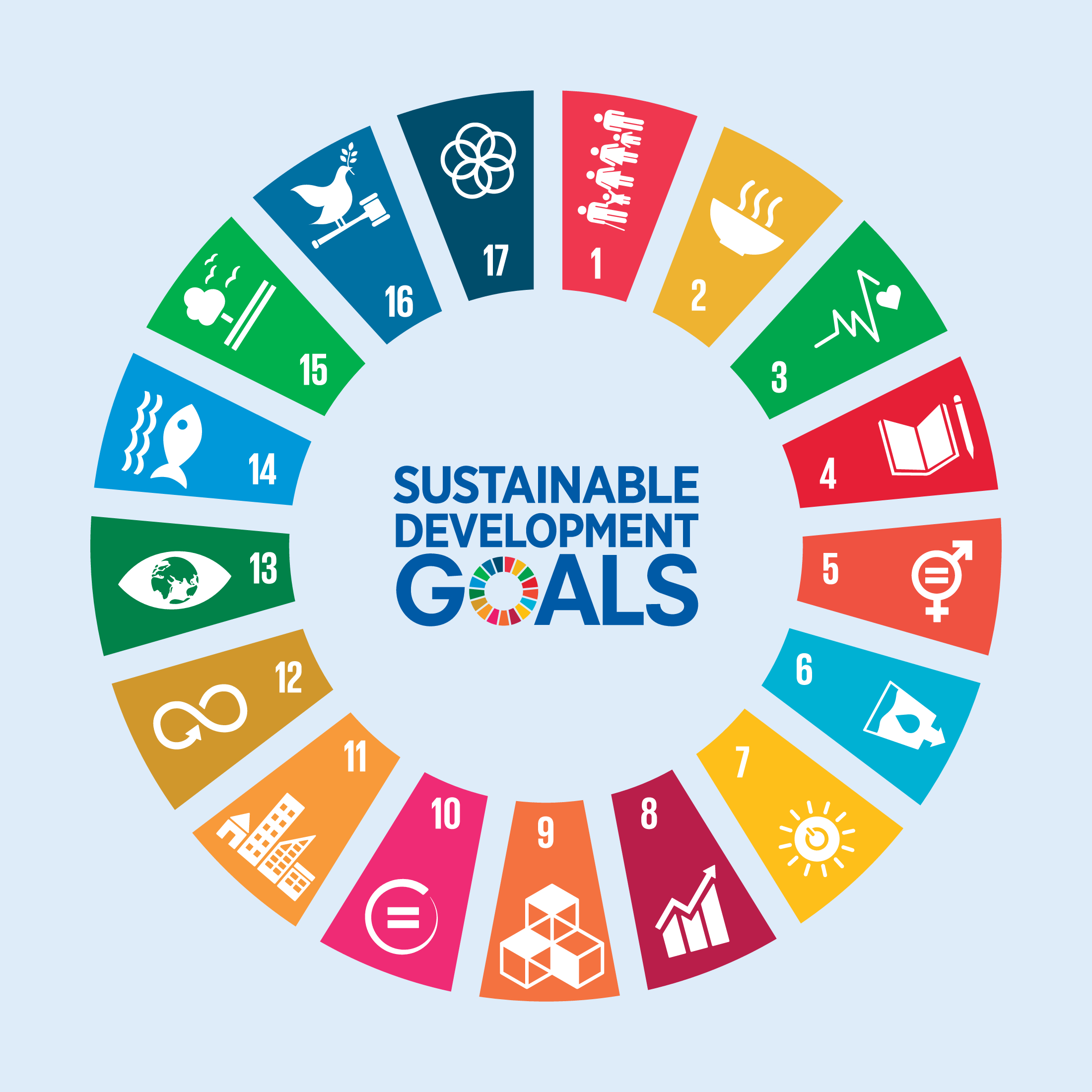



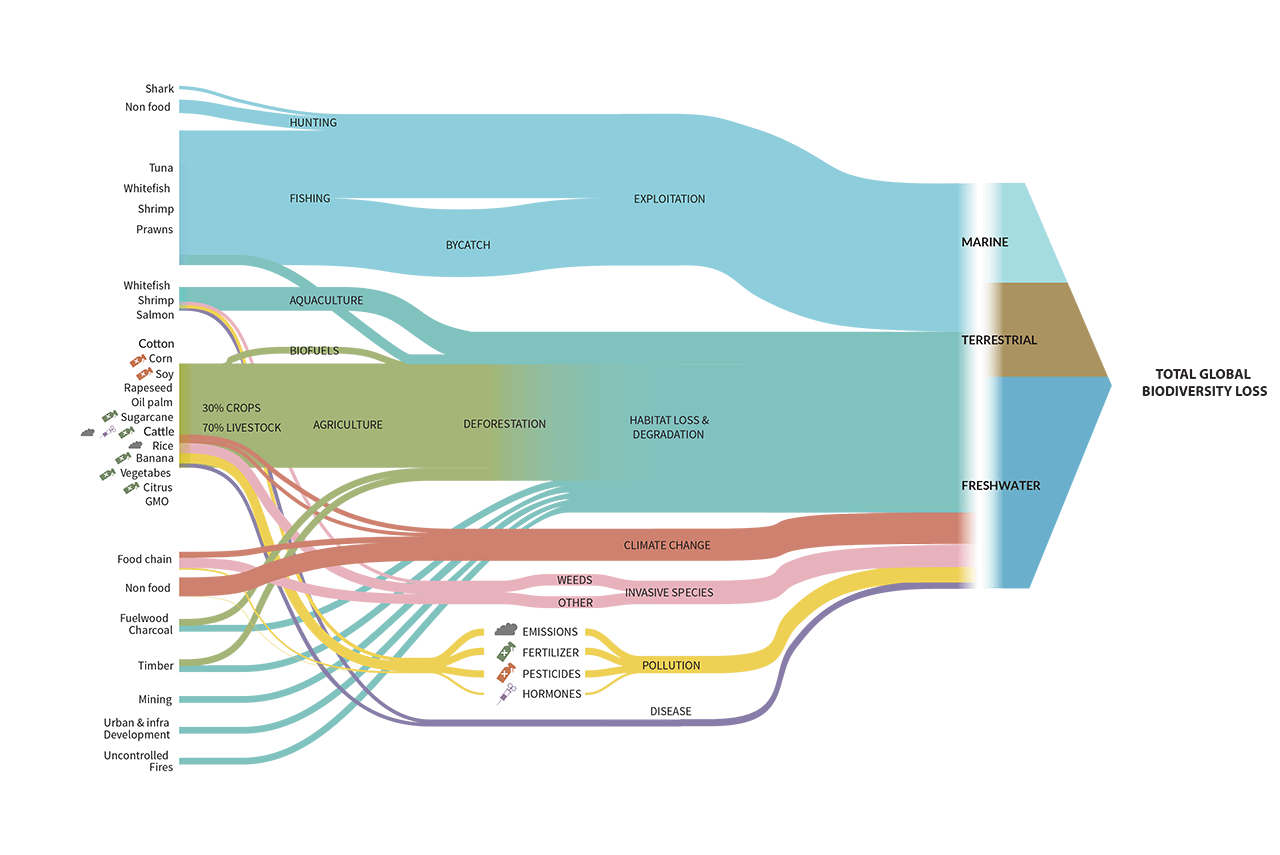
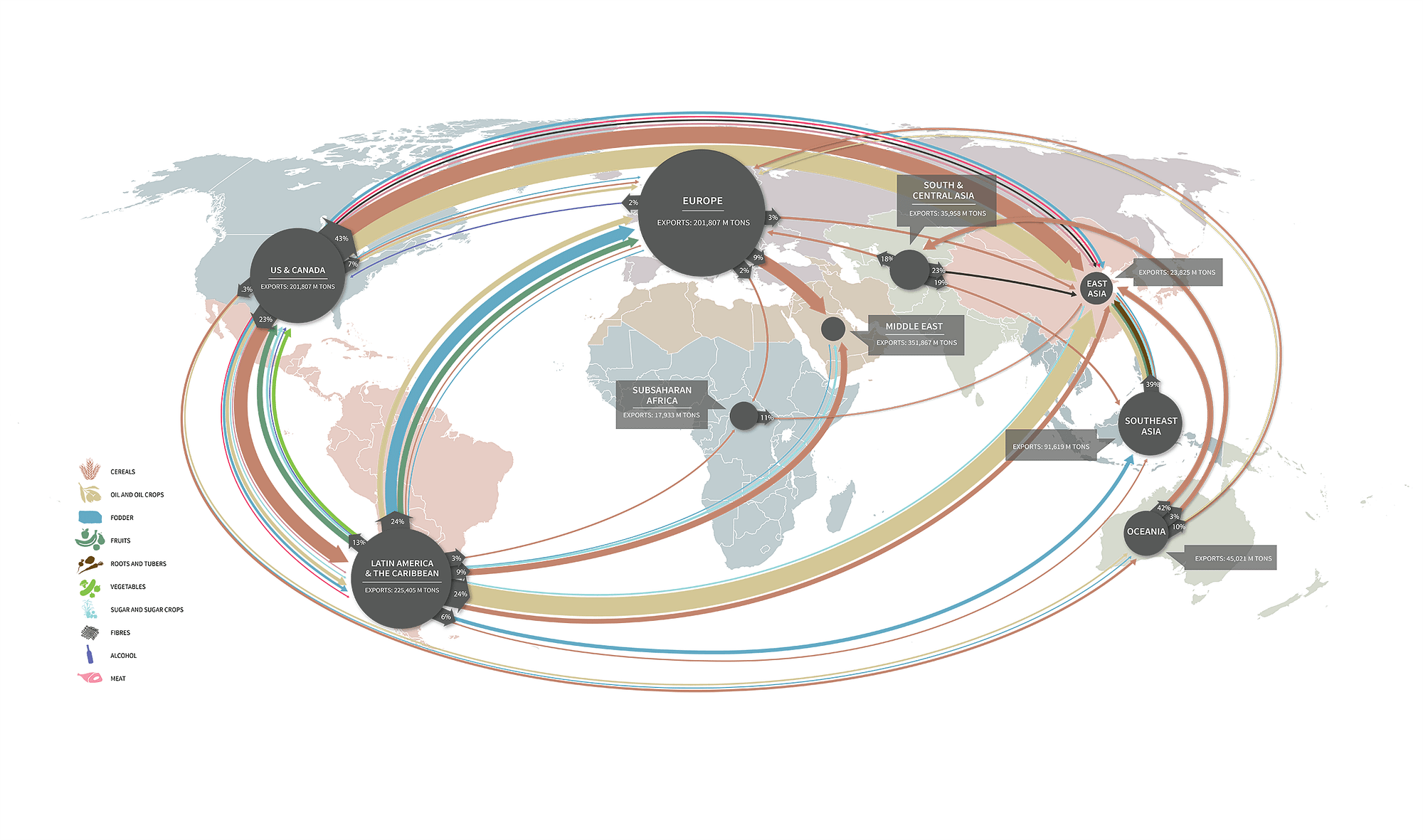



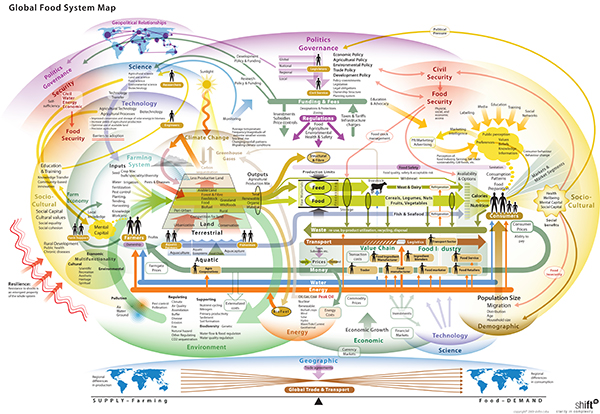

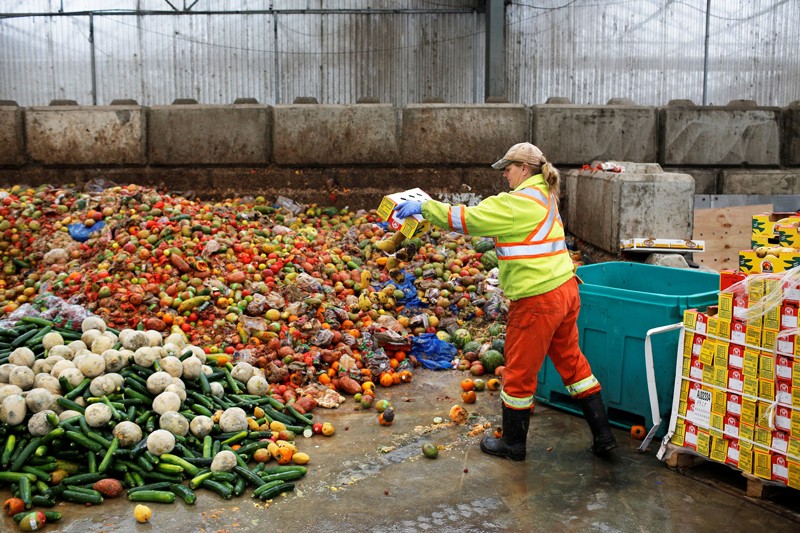
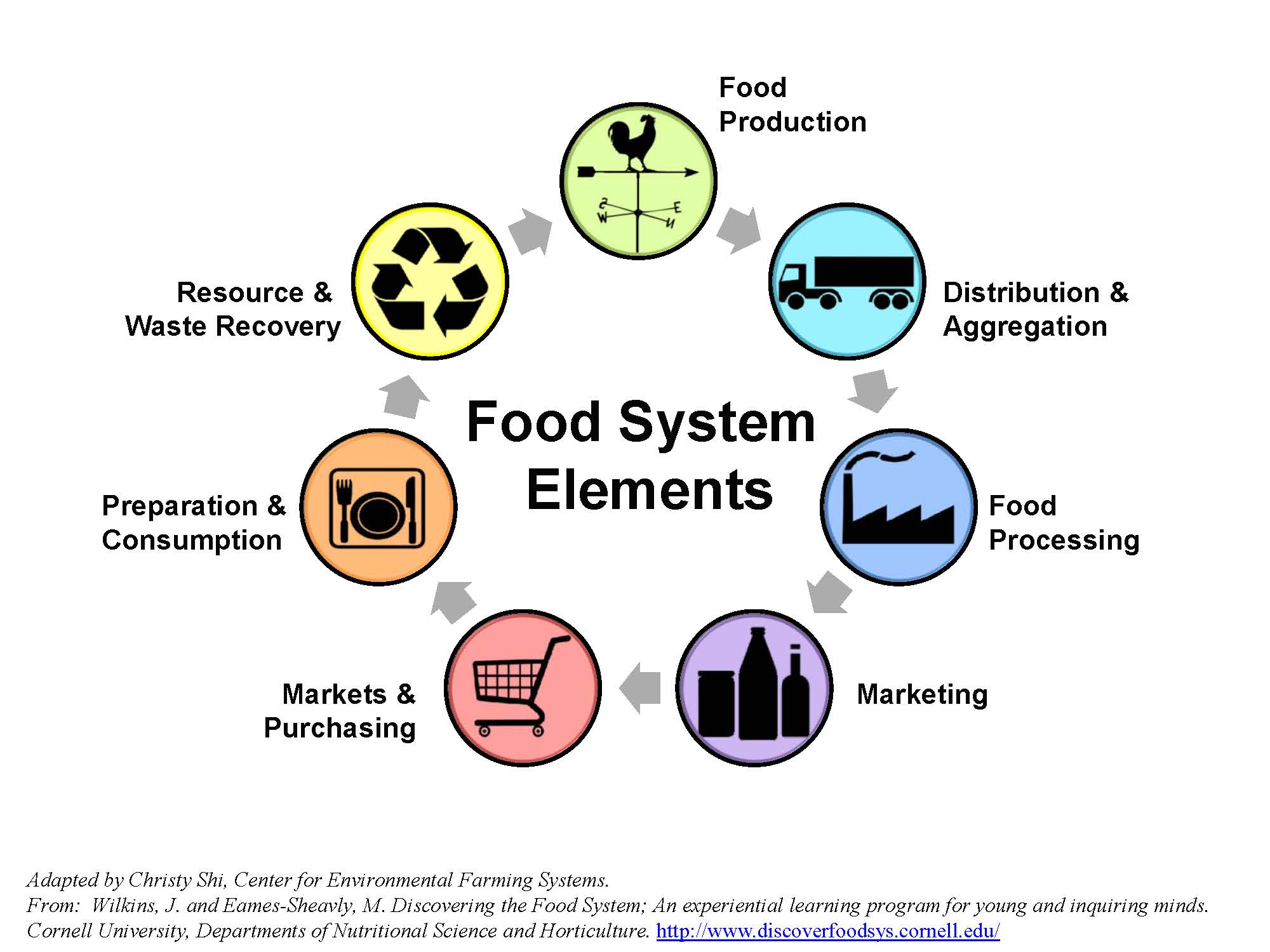
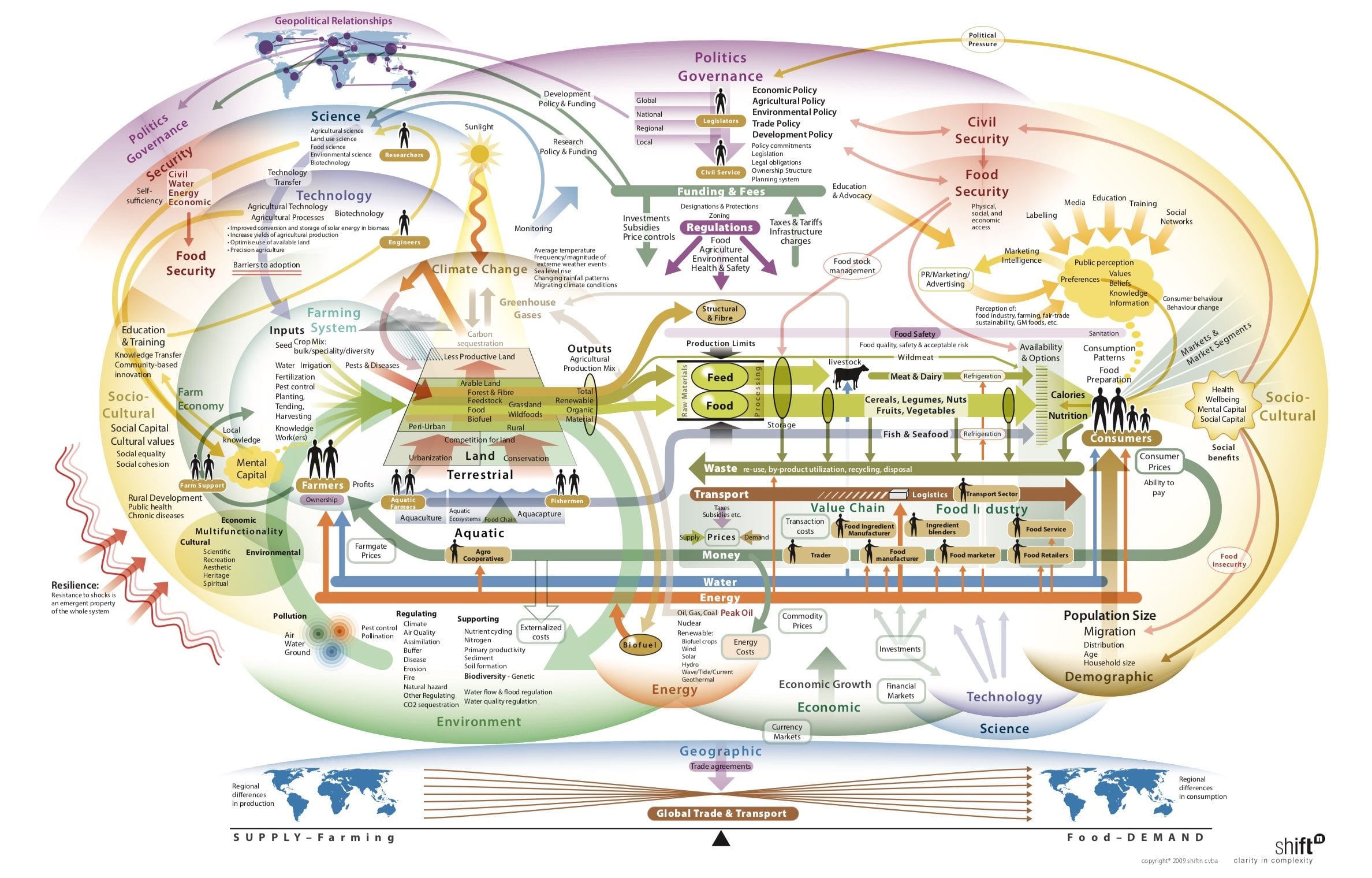
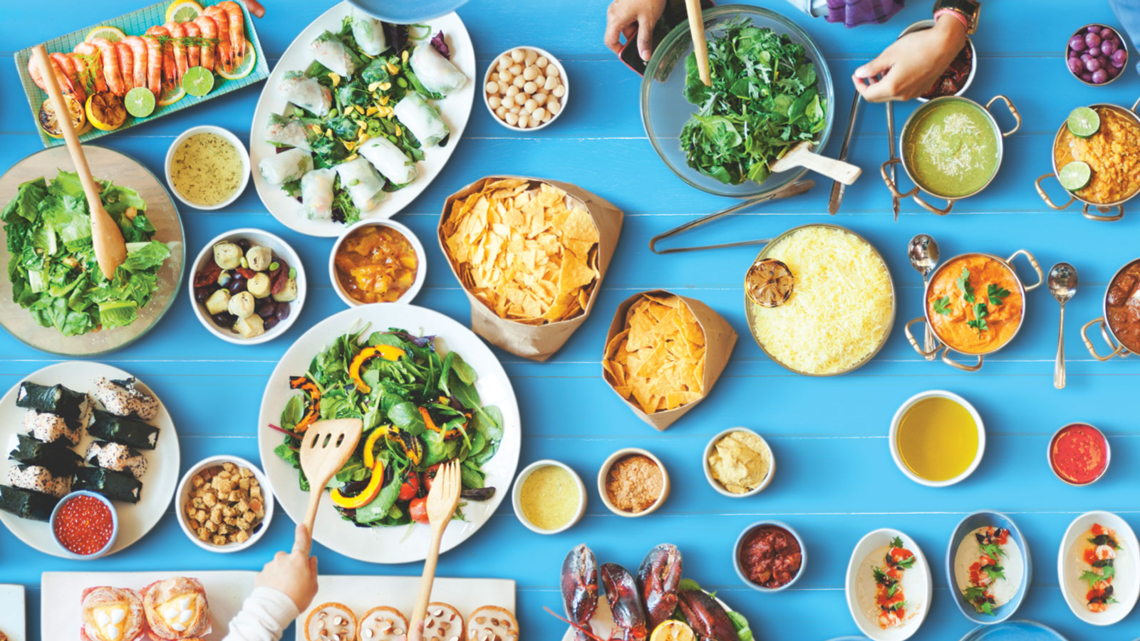


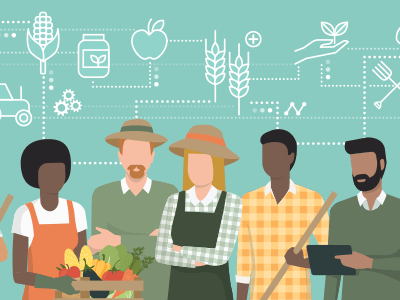

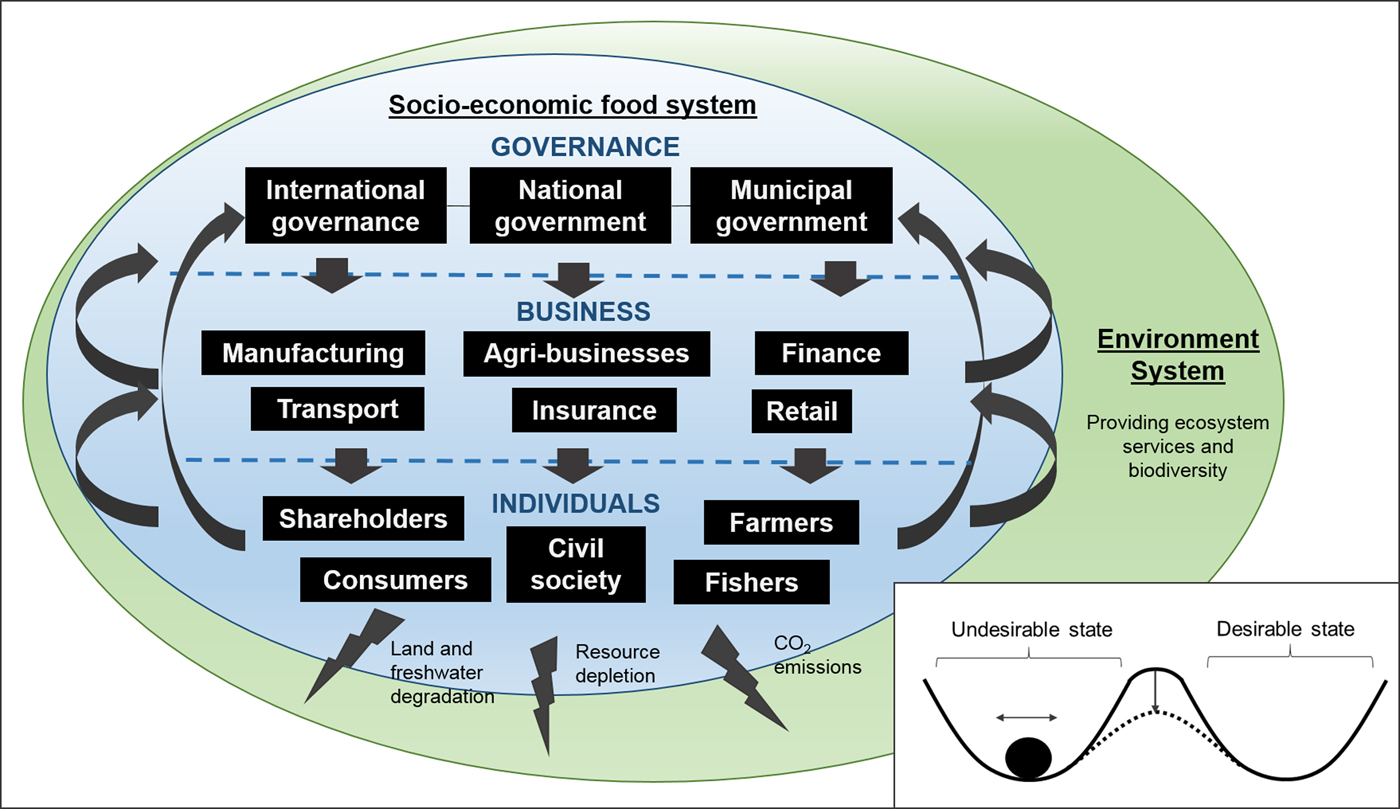
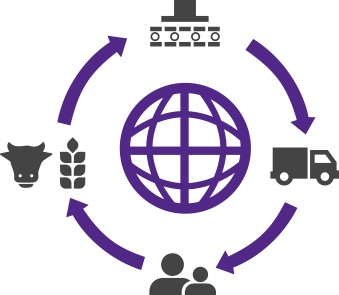
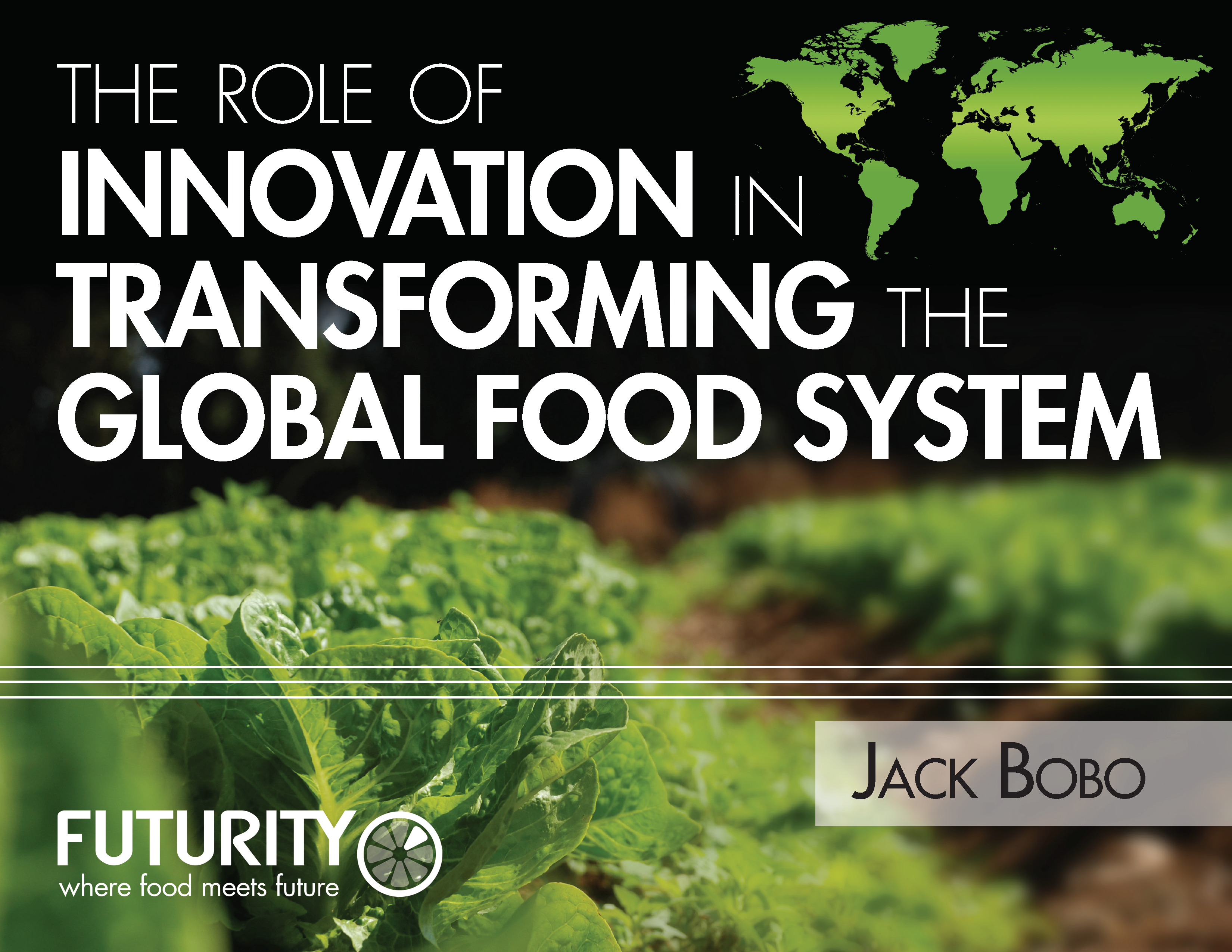

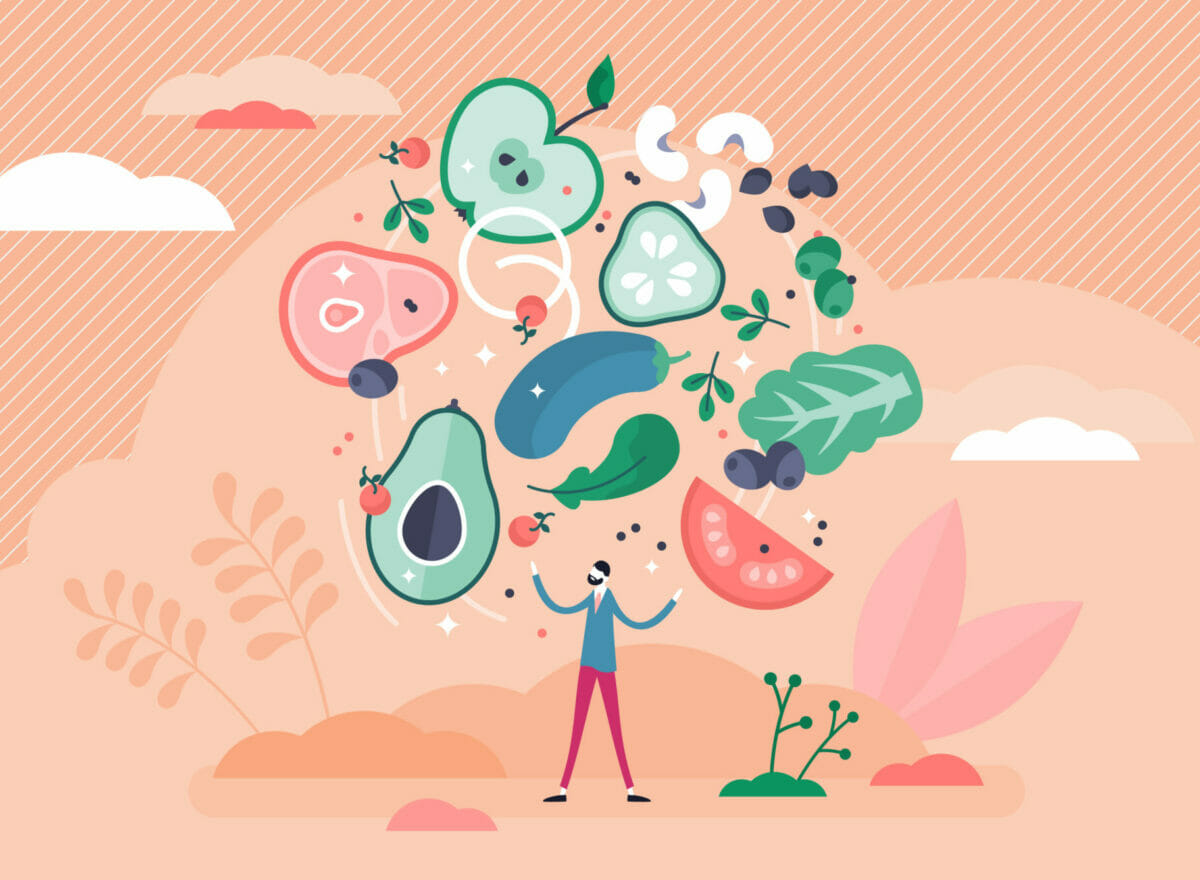








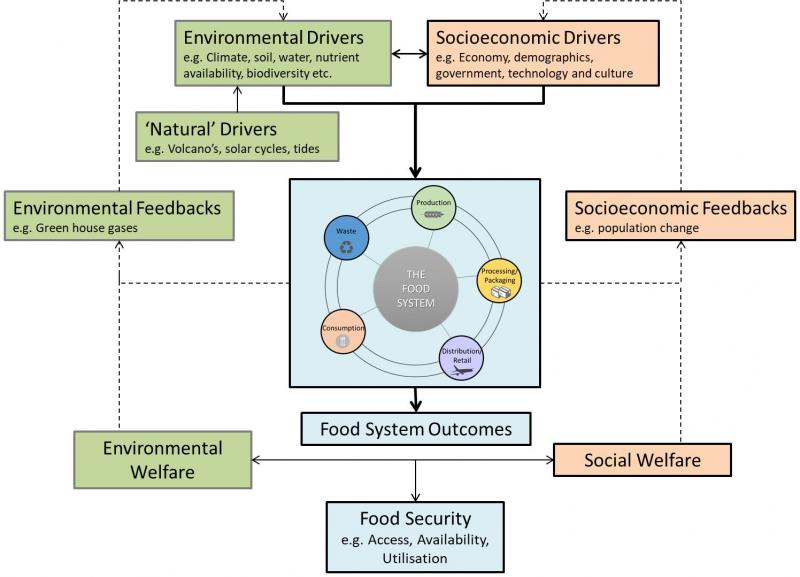



Post a Comment for "The Global Food System"